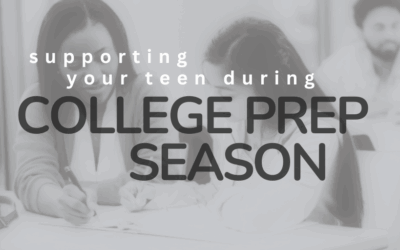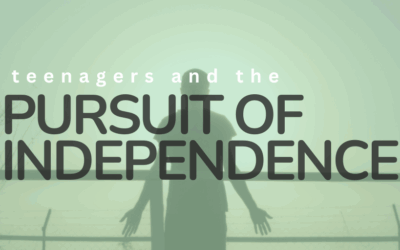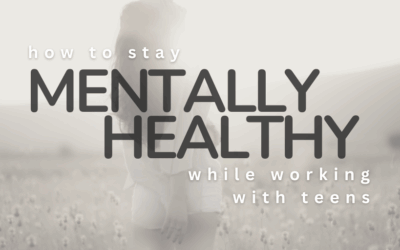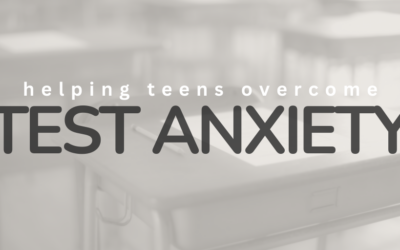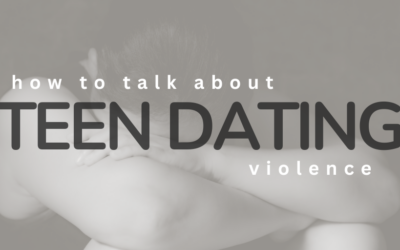The college prep season is stressful for everyone. Get our top tips for helping teens navigate tough decisions and pending deadlines without being overbearing.
Blog Articles and Episodes
Teens need champions. Be one.
Every teen deserves an adult who believes in them. Our newsletter is packed with updates on teen life, free resources, and practical ways to build stronger, more supportive relationships with the young people you care about. When you grow, they thrive.
Subscribe today — because one caring adult can change everything.
